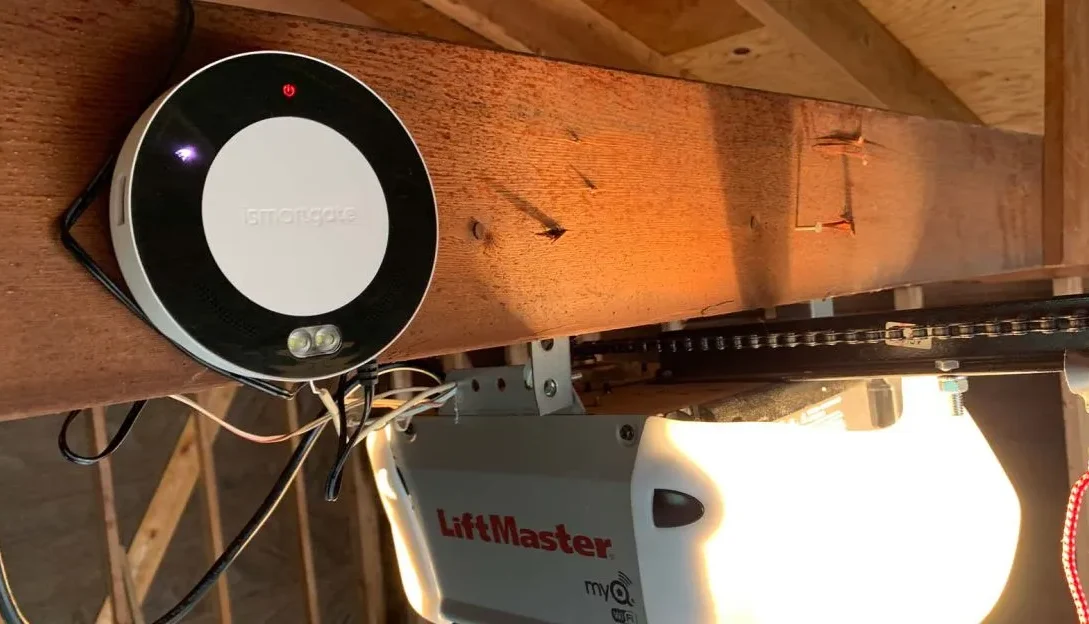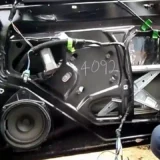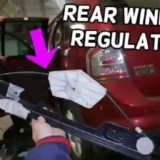Installing a garage door opener can be a rewarding DIY project that adds convenience and security to your home. However, it’s essential to prioritize safety during the installation process to avoid accidents or injuries. Garage door openers involve electrical components and heavy machinery, so following safety guidelines is crucial. In this article, we’ll provide you with valuable safety tips to ensure a smooth and secure DIY garage door opener installation.
1. Read the Manual
Before you begin any DIY project, it’s crucial to read and thoroughly understand the manufacturer’s installation manual. The manual provides step-by-step instructions specific to your garage door opener model. It also contains important safety information, guidelines, and precautions. Familiarize yourself with the manual’s contents, and keep it accessible throughout the installation process for reference.
2. Gather the Right Tools and Materials
Ensure you have all the necessary tools and materials before starting the installation. Common tools required for garage door opener installation include a drill, screwdrivers, pliers, wrenches, a level, and a ladder. Additionally, make sure you have the specific components and hardware provided with your garage door opener kit, such as mounting brackets, bolts, and wires.
3. Safety Gear
Wearing appropriate safety gear is crucial when working on a garage door opener installation. At a minimum, wear safety glasses to protect your eyes from dust, debris, or any potential hazards. Depending on the installation process, you may also consider using gloves and ear protection if noise is a concern.
4. Disconnect the Power
Safety should always be your top priority when working with electrical components. Before you start any installation steps involving electrical connections, disconnect the power to your garage door opener by unplugging it from the electrical outlet or turning off the circuit breaker that supplies power to the opener. Ensure that the area is safe and free from electrical hazards before proceeding.
5. Test the Existing Garage Door
Before installing the opener, it’s essential to ensure that your existing garage door operates correctly and is in good working condition. Check the balance of the door and inspect the tracks, springs, and cables for any signs of damage or wear. If you encounter issues with the door itself, it’s advisable to address them before installing the opener to prevent future problems.
6. Work with a Helper
Garage door opener installation often involves heavy lifting and aligning components, which can be challenging to do alone. Having a helper to assist you during installation can make the process safer and more manageable. Two sets of hands are especially valuable when positioning and attaching the garage door opener to the ceiling or wall.
7. Use a Stable Ladder
If your installation requires you to work at heights, make sure you use a stable and appropriate ladder. Ensure that the ladder is placed on level ground and that it can support your weight and the tools you’ll need. Avoid using chairs, boxes, or makeshift platforms as substitutes for a proper ladder, as these can lead to accidents.
8. Follow Weight and Load Ratings
Pay attention to weight and load ratings when installing and adjusting garage door opener components. Different parts of the opener, such as brackets and hangers, have weight limits that should not be exceeded. Be mindful of these ratings to prevent overloading or compromising the structural integrity of the opener system.
9. Securely Mount the Opener
Properly securing the garage door opener to the ceiling or wall is crucial for safety. Follow the manufacturer’s instructions for mounting the opener brackets and ensure that they are firmly attached to stable surfaces. Use appropriate anchors and fasteners as recommended in the manual. A securely mounted opener reduces the risk of accidents caused by falling components.
10. Maintain Proper Clearance
During installation, maintain the recommended clearance distances around the garage door opener and its moving parts. Adequate clearance ensures that the opener can operate without interference and reduces the risk of accidents or injuries. Pay particular attention to the clearance required for the garage door’s travel path and safety sensors.
11. Check Safety Sensors
Most modern garage door openers are equipped with safety sensors that detect obstructions in the door’s path and prevent it from closing on objects or people. Ensure that the safety sensors are correctly installed and aligned with each other. Test their functionality by placing an object in the door’s path while closing it. The door should reverse immediately upon sensing the obstruction.
12. Secure Loose Wires
Keep all wires and cables neatly organized and secured during installation. Loose or dangling wires can become tangled or damaged, posing electrical hazards. Use cable clips or ties to secure wires along the ceiling or walls, keeping them away from moving parts and ensuring a clean and safe installation.
13. Conduct Safety Tests
After completing the installation, perform safety tests to ensure that the garage door opener functions correctly. Test the auto-reverse feature by placing a sturdy object, like a block of wood, in the path of the closing door. The door should reverse upon contact with the object. Also, test the emergency release mechanism to ensure it operates smoothly.
14. Regular Maintenance
Once your garage door opener is installed and operational, it’s essential to perform regular maintenance to keep it in good working condition. Inspect the opener, tracks, springs, and cables periodically for signs of wear or damage. Lubricate moving parts as recommended by the manufacturer to reduce friction and prolong the lifespan of your opener.
15. Know Your Limits
While DIY garage door opener installation is a feasible project for many homeowners, it’s essential to recognize your limits. If you encounter any installation steps that seem beyond your expertise or require specialized knowledge, consider seeking professional assistance. Ensuring that the installation is done correctly is crucial for safety and the long-term functionality of your garage door opener.
Conclusion
Installing a garage door opener can be a rewarding DIY project, but it should always be approached with safety as the top priority. By following these safety tips and carefully adhering to the manufacturer’s instructions, you can ensure a secure and efficient garage door opener installation. Prioritizing safety not only protects you and your family but also ensures that your new garage door opener operates reliably for years to come.










